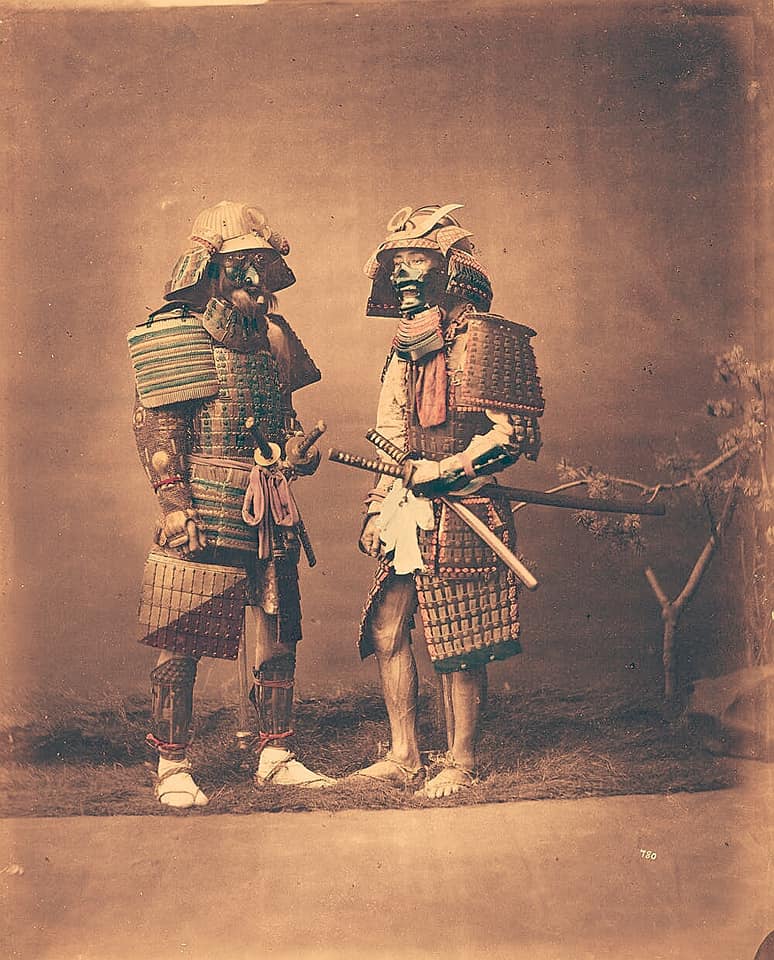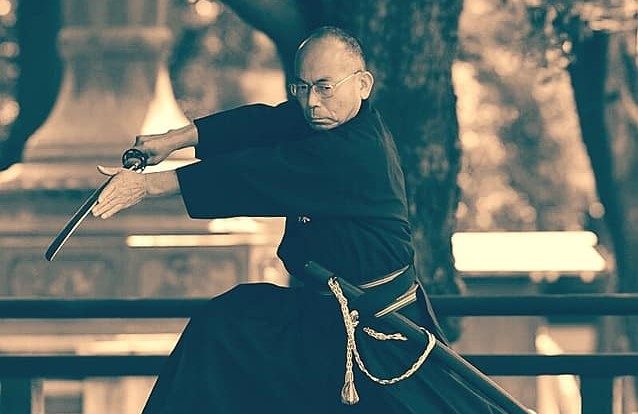Katana are distinguished by their type of blade:
Shinogi-Zukuri just is the most common blade shape for Japanese katana that provides both speed and cutting power. It features a distinct yokote: a line or bevel that separates the finish of the main blade and the finish of the tip. Shinogi-zukuri was originally produced after the Heian period.
Shobu-Zukuri is a variation of shinogi-zukuri without a yokote, the distinct angle between the long cutting edge and the point section. Instead, the edge curves smoothly and uninterrupted into the point.
Kissaki-Moroha-Zukuri is a katana blade shape with a distinctive curved and double-edged blade. One edge of the blade is shaped in normal katana fashion while the tip is symmetrical and both edges of the blade are sharp.

Typical features of Japanese swords represented by katana and tachi are a three-dimensional cross-sectional shape of an elongated pentagonal to hexagonal blade called shinogi-zukuri, a style in which the blade and the tang (nakago) are integrated and fixed to the hilt (tsuka) with a pin called mekugi, and a gentle curve.
When a shinogi-zukuri sword is viewed from the side, there is a ridge line of the thickest part of the blade called shinogi between the cutting edge side and the back side. This shinogi contributes to lightening and toughening of the blade and high cutting ability.
To be continued.
Source: Facebook/Aikido




2 thoughts on “Spirit of Japan: Katana (Part 1)”
Comments are closed.